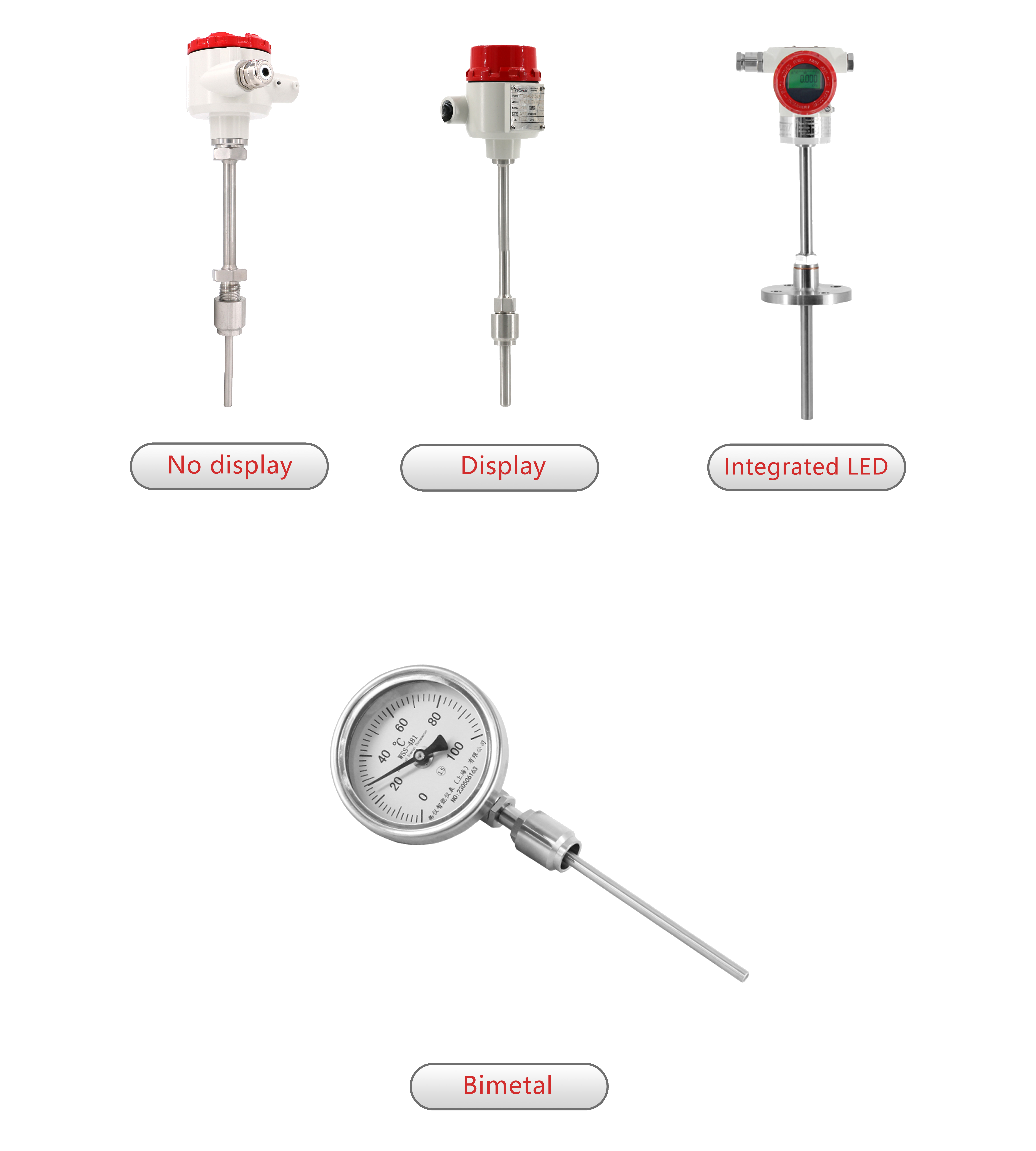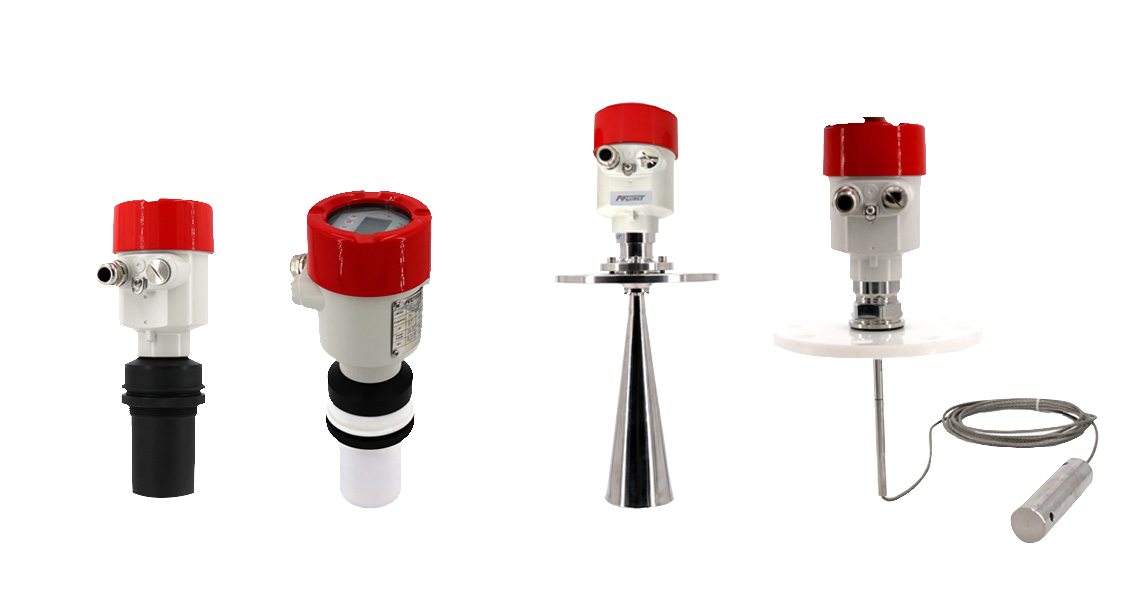
Call Me
+86-19280460621
Email
Dora.chen@fvluoky.com
- Home
-
Products
 Smart Pressure Transmitters
Smart Pressure Transmitters- FDP3000-B Modular Type Smart Pressure Transmitters
- FDP3000-T Threaded Pressure Transmitter
- FDP3000-I Insertion Type Smart Pressure Transmitters
- FDP3000-V Diaphragm Type Pressure Transmitter
- FDP3000-F Single Flange Type Smart Pressure Transmitters
- FDP3000-Y Double Flange Type Smart Pressure Transmitters
- Solutions
- Company
- Services
- Resources
- News
- Contact Us























